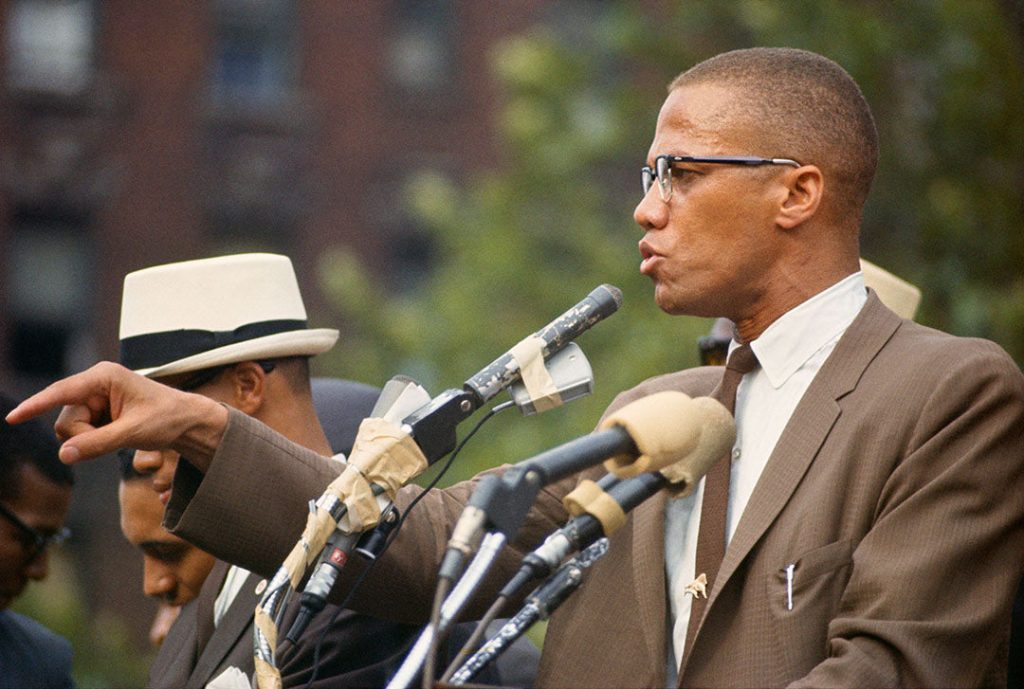It’s one of the most comprehensive collections of Parks’ work.
Howard University just announced a historic acquisition of Gordon Parks photos spanning five decades.
Howard University and The Gordon Parks Foundation have announced a new acquisition by the HBCU that include 252 photographs from the late photographer spanning his five-decade career. The collection, a mix of gifts and purchases, will be housed in the Moorland-Spingarn Research Center and features some of Parks’ earliest work from the 1940s through the 1990s. It is one of the most comprehensive collections of the study of Parks’ life and work and is an extension of the foundation’s commitment to supporting initiatives that advance the legacy of Parks’ work for artists, scholars, students and the public.
The collection is organized by themes and subjects into 15 study sets, primed for various exhibitions and curricula advancing academic scholarship on Parks’ contribution to the world as both an artist and humanitarian. Both Howard and the foundation are working together to envision new research and programmatic offerings that can be drawn from the collection.
“Howard University is proud to be the recipient of such an important collection of work by African American artist and photojournalist Gordon Parks. Mr. Parks was a trailblazer whose documentation of the lived experiences of African Americans, especially during the civil rights period, inspired empathy, encouraged cultural and political criticism, and sparked activism among those who viewed his work. Having a collection of his timeless photographs…will allow Howard University faculty, students, and visiting scholars to draw on his work and build upon his legacy of truth telling and representation through the arts,” Howard President Dr. Wayne A.I. Frederick said via a press statement.
The uniqueness of the collection is found in Parks’ earliest works during the 1940s. His portraits include Black residents in Minneapolis and Chicago, some of which were later featured in Black media outlets, a direct link to his emergence as a popular press photographer. It was these communities, as well as the community at the Southside Community Arts Center in Chicago, where he ran his studio and exhibited his work, that would create the foundation for Parks’ inspiration. The collection also includes early portraits of influential figures before they achieved fame including Robert Todd Duncan, one of the first African Americans to sing for a major opera company, best known for his role as Porgy in the premiere of Porgy and Bess. There are also photos of artist, educator, and co-founder of the DuSable Museum of African American History, Margaret Taylor-Boroughs, musical conductor and first Black guest conductor of The New York Philharmonic, Charles Dean Dixon, and actress Hilda Simms, best known for her role in the all-Black Broadway production of Anna Lucasta.
“This landmark collection of photographs by one of the great chroniclers of Black American life provides artists, journalists, and scholars at Howard University with a new resource to study and embrace the lasting impact of Gordon Parks. As a photographer working in segregated Washington, D.C. in 1942, Parks established his first connections with Howard, which then embodied many of the values that his work came to represent. For him that was a learning experience, which makes Howard a fitting place to keep his art alive,” said Peter W. Kunhardt, Jr., Executive Director of The Gordon Parks Foundation.
“The collection fortified Howard’s place as the preeminent institution preserving the legacy of the global Black experience…As a photographer and filmmaker, Parks left us with a unique narrative of the rich diversity that is African American life in the United States and the beauty and pain of the American story more broadly, during the second half of the 20th century,” added Director of The Moorland-Spingarn Research Center, Benjamin Talton.
The study sets show a clear arc in Parks’ career, from his early work on Black communities, to his rise as a photographer of Black celebrities like Sidney Poitier in A Raisin in the Sun, New York, New York, 1959, Duke Ellington in Concert, New York, 1960 and Louis Amstrong, Los Angeles, California, 1969, all the way to his later work photographing fashion model Iman in the 1970s, Miles Davis in the 80s and Spike Lee in the 90s. Parks used his camera as a medium to raise the discourse around Black life and advance social justice, Foundation Board Member Jelani Cobb calling the acquisition “a tremendous opportunity.”
“Gordon Parks’ work helped define American art in the 20th century and there is no better place poised to help safeguard his legacy than the Mecca of Black education,” said Cobb.
Photo credit: Gordon Parks
Malcolm X (Untitled, Harlem, New York, 1963)

